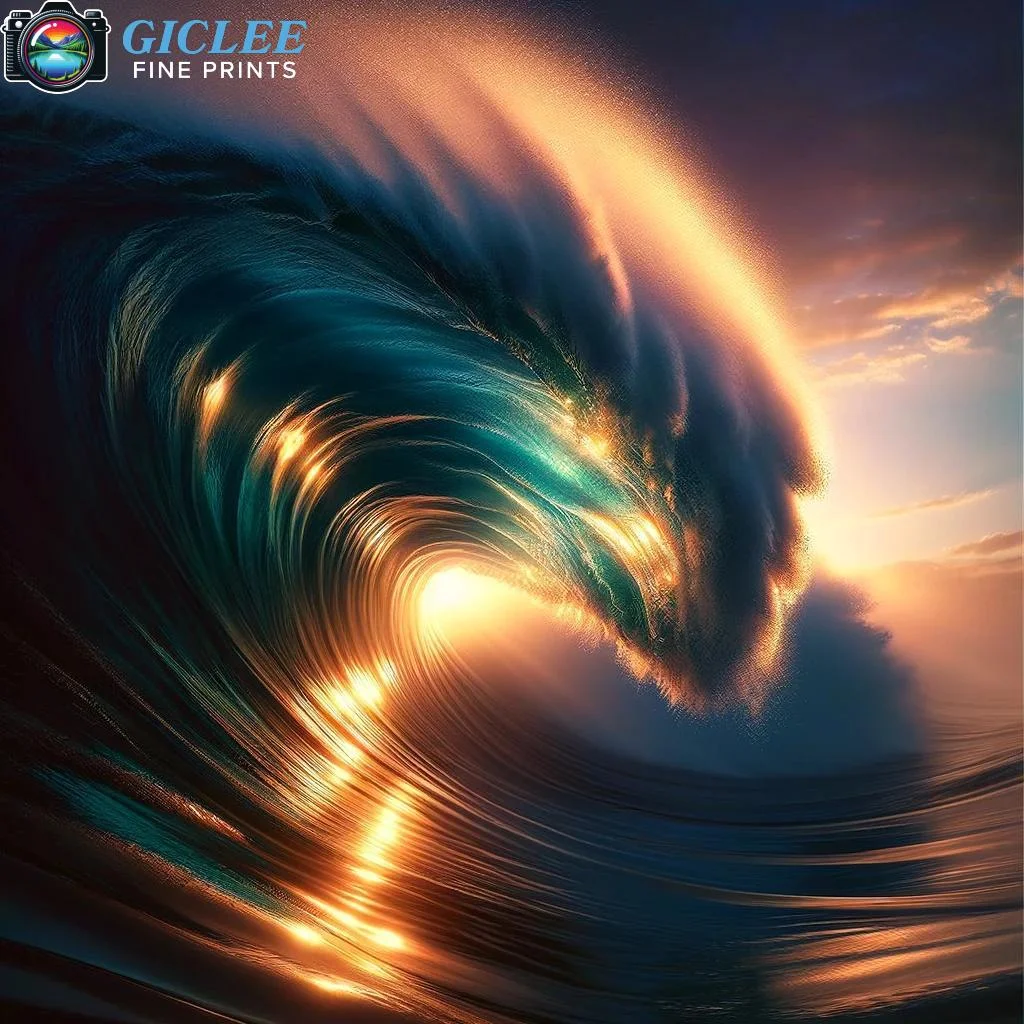
When it comes to printing on fabrics or other materials, two popular methods stand out: sublimation and screen printing. Each technique offers its own set of advantages, making them suitable for different types of projects. We’ll break down the differences between sublimation and screen printing, helping you decide which method is best for your needs.
What is Sublimation Printing?
Sublimation printing is a process where solid dye is turned into gas without passing through a liquid state, transferring the dye directly into the fibers of a material. This process works by using heat and pressure to embed the dye into specially coated substrates, like polyester fabrics, ceramics, or metal. It is ideal for printing vibrant, full-color designs that become a permanent part of the material.
Key Features of Sublimation Printing:
- Vivid Colors: Sublimation offers high-quality, vibrant colors that won’t fade or peel. It’s ideal for complex, multi-colored designs.
- No Texture: Since the dye becomes part of the material, there’s no added texture to the print. This results in a soft, smooth finish.
- Durability: Sublimation prints are extremely durable, as the design is embedded into the material rather than sitting on the surface.
- Best for Polyester and Coated Materials: Sublimation works best on polyester fabrics or specially coated surfaces like mugs, mouse pads, and phone cases.
What is Screen Printing?
Screen printing, also known as silk screening, involves pushing ink through a mesh screen onto the material. Each color in the design requires a separate screen, making the process more time-consuming for multi-colored designs. However, screen printing is ideal for bold, solid colors and designs on a wide range of fabrics.
Key Features of Screen Printing:
- Vibrant and Long-Lasting Prints: Screen printing uses thicker layers of ink, resulting in vibrant prints that last through many washes.
- Ideal for Bulk Orders: Because each screen must be set up individually, screen printing is cost-effective for larger runs where the same design is repeated.
- Versatility: Screen printing can be used on a variety of fabrics, from cotton to nylon, and even on non-fabric surfaces like wood and glass.
- Textured Finish: The ink sits on top of the fabric, creating a slightly raised, textured feel to the print.

Comparing Sublimation and Screen Printing: Key Differences
When choosing between sublimation and screen printing, several factors come into play, such as design complexity, material type, and project size.
1. Fabric Compatibility:
- Sublimation: Works best on polyester fabrics and hard surfaces with a special polymer coating. It’s not suitable for cotton fabrics.
- Screen Printing: Versatile and can be used on a wide variety of fabrics, including cotton, polyester, nylon, and more.
2. Design Complexity:
- Sublimation: Perfect for detailed, multi-colored designs like photographs, fine artworks, or pixelated artwork. Sublimation allows for subtle color gradients and fine details.
- Screen Printing: Ideal for bold, simple designs with solid colors. While multi-colored designs are possible, each color requires a separate screen, which can increase setup costs.
3. Print Durability:
- Sublimation: Extremely durable as the dye bonds with the fabric or surface, ensuring that the print won’t crack, peel, or fade over time.
- Screen Printing: Also highly durable, but prints may crack or fade after many washes, depending on the quality of the ink and fabric.
4. Print Texture:
- Sublimation: No texture, as the dye becomes part of the material, resulting in a smooth, soft finish.
- Screen Printing: Adds texture, as the ink sits on top of the fabric, creating a slightly raised design.
5. Order Size and Cost Efficiency:
- Sublimation: Best for small to medium-sized orders, especially when printing detailed, multi-colored designs. It’s also ideal for one-off custom items like canvas prints, mugs, or metal prints.
- Screen Printing: More cost-effective for large, bulk orders where the same design is repeated multiple times, as the cost per print decreases with volume.
Best Use Cases for Sublimation Printing
Sublimation printing excels in certain situations where vibrant colors, smooth finishes, and durability are crucial. It’s perfect for a range of custom products and designs.
Sublimation Printing Use Cases:
- Polyester Apparel: For custom t-shirts, jerseys, or activewear made from polyester, sublimation delivers vibrant, long-lasting designs that are embedded into the fabric.
- Promotional Items: Sublimation is ideal for creating custom mugs, phone cases, mousepads, and other hard items that have a special coating.
- Photo and Art Reproduction: For designs featuring detailed artwork or photographs, sublimation ensures the best quality, with smooth gradients and vivid colors.
- Home Decor: Sublimation is often used for custom canvas prints, pillowcases, and other fabric-based home decor that features complex, colorful designs.

Best Use Cases for Screen Printing
Screen printing is a versatile method that works well for a variety of materials and projects, particularly when bold designs and large orders are involved.
Screen Printing Use Cases:
- Cotton Apparel: Screen printing is the go-to choice for custom t-shirts, hoodies, and other apparel made from cotton or cotton blends. It’s perfect for creating bold, vibrant logos or text-based designs.
- Bulk Merchandise: If you need to print the same design on hundreds of items, such as shirts for a promotional event or team uniforms, screen printing is the most cost-effective option.
- Simple, Bold Designs: When working with logos, slogans, or text with limited colors, screen printing is a great choice for creating high-impact visuals.
- Large Prints: Screen printing works well for large, bold designs that require a strong color presence.
Environmental Considerations: Sublimation vs. Screen Printing
Both printing methods have different environmental impacts. Sublimation uses water-based dyes and typically produces less waste, as it does not require screens or ink cleanup. However, it works only on polyester fabrics or specially coated materials, which may not be as eco-friendly as natural fibers.
Screen printing, on the other hand, can produce more waste due to the need for multiple screens and cleaning materials, especially when working with multiple colors. However, screen printing can be used on natural, biodegradable fabrics like cotton, making it a potentially greener option depending on the materials used.
Contact Us
Our address is: 3816 Pioneer Trail Ste #3, South Lake Tahoe, CA 96150
Email: Info@gicleefineprints.com
FAQs
Yes, for large bulk orders, screen printing is more cost-effective, especially when using simple designs with fewer colors.
Sublimation is better for detailed designs, especially when you need to reproduce complex images or multi-colored artwork with gradients and fine details.
Yes, sublimation works well on hard surfaces such as mugs, mousepads, and phone cases, as long as they have a special polymer coating.


